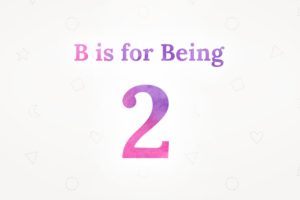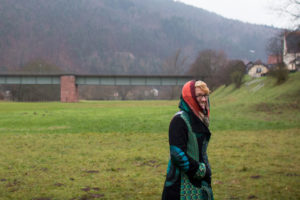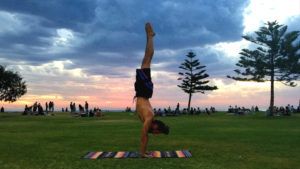A simple breakdown of what’s behind authentic self-expression
Without understanding how authentic self-expression works it’s very difficult to know what it is and how to go about practicing it.
A lot of people talk about being yourself, “Yeah, just be authentic! Just be you!” This is great but how do you actually live authentically?
In this episode I break down, plainly and simply, the components that make up authentic expression. I give some examples of what authentic expression looks like and how we can use our fears to uncover our limitless, indwelling authentic flow.
Show Highlights and Takeaways
- The two main components of authentic self-expression:
- Self-awareness – The awareness of what’s going on inside you (thoughts, emotions and physical sensations).
- Self-acceptance – The compassionate acceptance of whatever you find.
- Self-awareness – The awareness of what’s going on inside you (thoughts, emotions and physical sensations).
- Authentic self-expression occurs naturally as a result of this process.
- We are already authentic. It’s not possible for us to get more authenticity.
- Fear is what blocks our authentic flow.
- Our fears come up for a reason. They’re trying to tell us something and their intention is to protect us, to keep us safe from physical or emotional pain.
- The quality of your relationship with your fears, will determine how free you feel to express yourself.
- When a fear comes up, sincerely look at what it’s trying to tell you. Acknowledge the fear’s genuine interest in trying to protect you from experiencing pain.
- The fear will relax once it feels acknowledged and knows that you are aware of the perceived danger it’s warning you about.
- Once a fear has relaxed our authentic expression is able to flow more easily.
- Overtime, our authentic flow naturally increases as we progressively move through our fears with awareness and acceptance.







